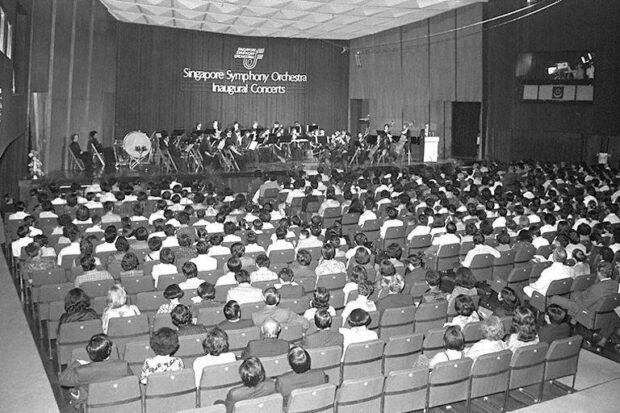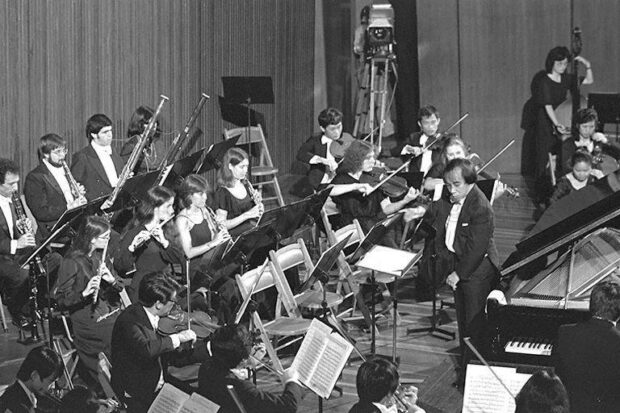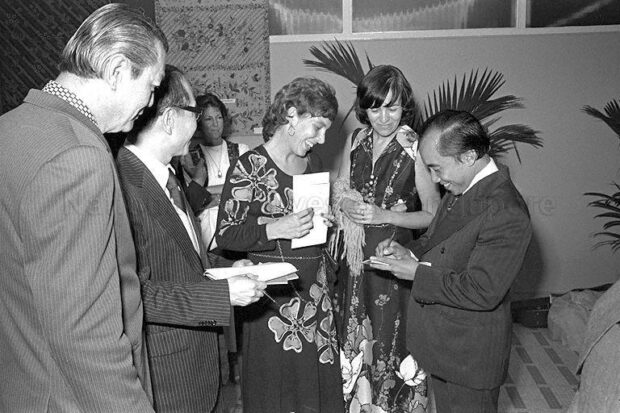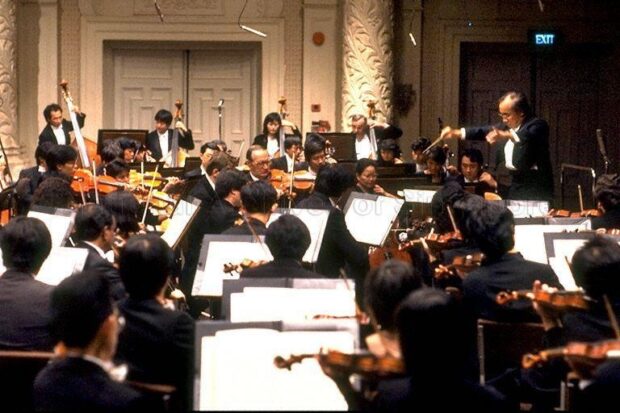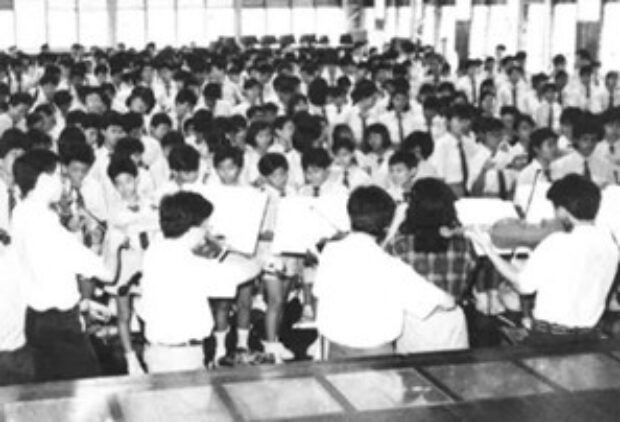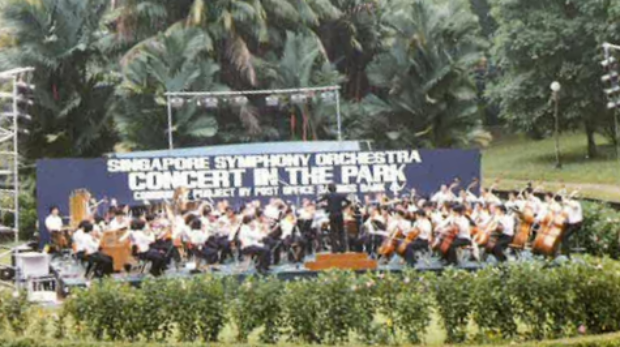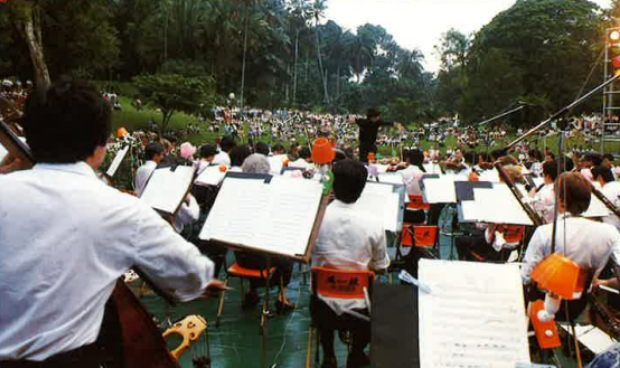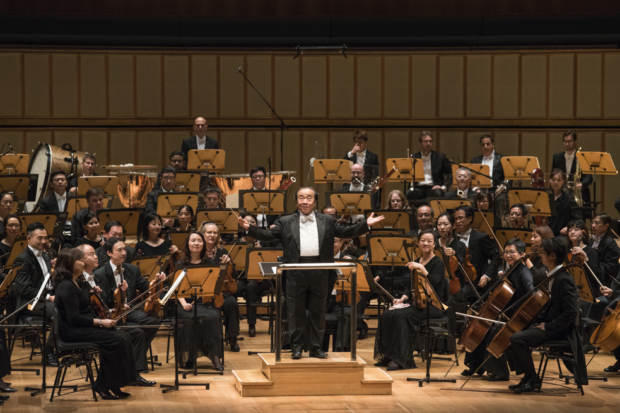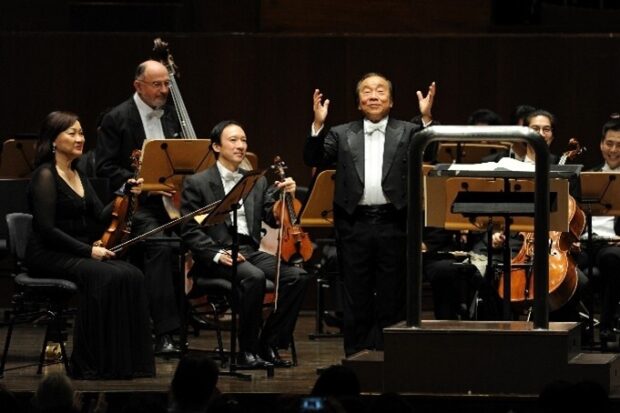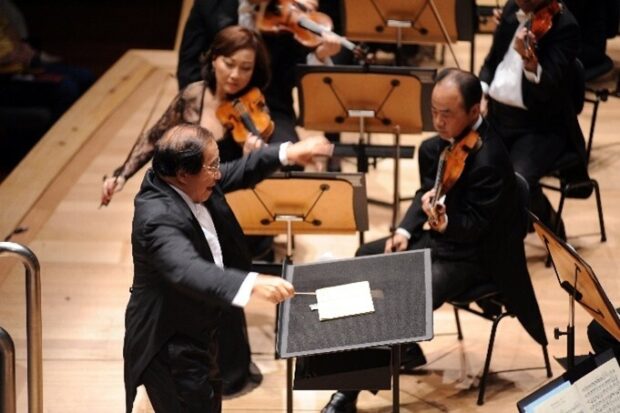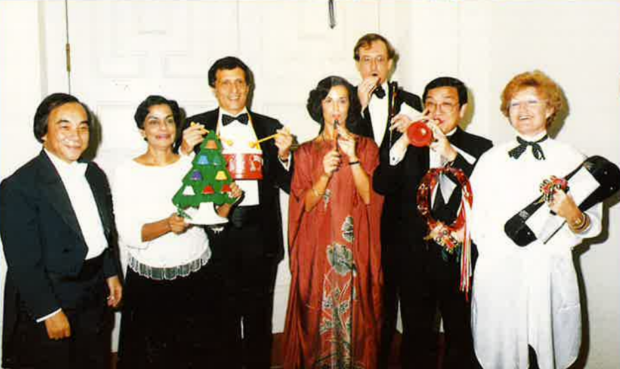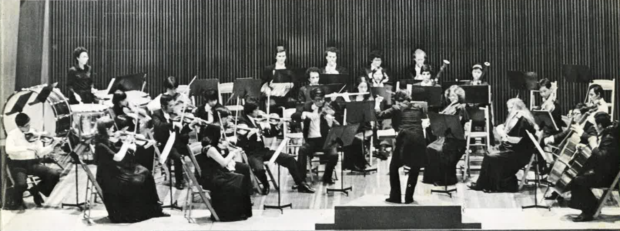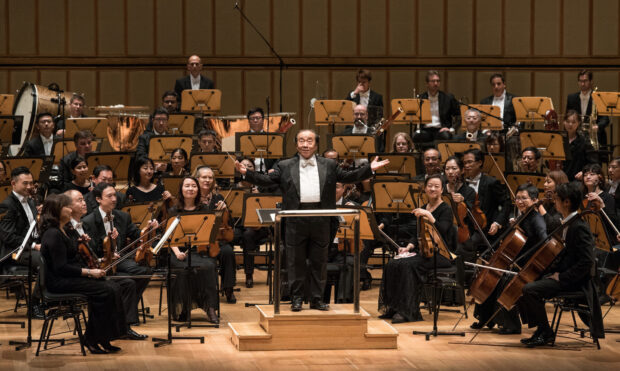
When Maestro Choo Hoey accepted the invitation in 1979 to be the founding Music Director and Resident Conductor of the Singapore Symphony Orchestra (SSO), he was clear-eyed about the enormity of the task before him. At the time, Singapore had no conservatories, a limited pool of professional musicians and little tradition of classical music patronage. By then, Maestro Choo was already an established conductor in Europe. He had made his international debut in 1958 with the National Orchestra of Belgium and had gone on to conduct for the Athens State Orchestra, Hellenic Radio, Television Symphony Orchestra and more. As Principal Conductor of the Greek National Opera from 1968 to 1977, he had built a reputation as a musician of rigour and distinction.
Still, he regarded the challenge in Singapore as irresistible. To him, starting an orchestra from the ground up offered a creative opportunity unlike any other. He likened the role to being an architect, contrasting it with the temporary nature of guest conducting.

I had been living in houses designed by other architects.
This time, I am the architect.
First Steps
Maestro Choo’s vision for the SSO was both ambitious and pragmatic. From the outset, he advised that it would take 15 years for Singapore to build an orchestra of international standing. Such ambition might have seemed almost unthinkable in late-1970s Singapore, with its small talent pool and nascent musical infrastructure. Yet Maestro Choo combined this daring vision with a practical, step-by-step plan, balancing lofty goals with grounded commitment. He insisted this journey would require full-time professionals, built through hiring musicians from abroad while also developing local talent in parallel.
The first years were challenging: rehearsal spaces were limited, recruitment was challenging, turnover was high and scepticism persisted about whether the orchestra could truly take root. Yet Maestro Choo pressed on with grit, playing the role of not only architect (in his words) but also builder as he worked hands-on to create the SSO from the ground up. He recruited Singapore’s first cohort of orchestral musicians alongside young graduates from leading conservatories abroad, shaping a cosmopolitan ensemble with the potential to grow.
In January 1979, Maestro Choo led the SSO in its inaugural concert at the Singapore Conference Hall featuring Singaporean soloist Ong Lip Tat. From those modest beginnings, the orchestra began to find its footing. By its first anniversary concert, the SSO shared the stage with Singaporean-born, London-based pianist Seow Yit Kin in Grieg’s Piano Concerto. By its fifth anniversary in 1984, with violinist Daniel Heifetz as guest soloist in Mendelssohn’s Violin Concerto in E minor, the orchestra’s growing assurance was evident. Critics who had once questioned the SSO’s survival were now applauding the warmer and more polished orchestral sound, growing musical maturity, greater sense of cohesiveness and steadily expanding repertoire.
Artistic Vision
To Maestro Choo, forming an orchestra was only the beginning; bringing it to a high standard of playing was the greater challenge. He believed that an important hallmark of an orchestra lay in its ability to absorb all styles of musical composition. Under Maestro Choo’s direction, the SSO’s repertoire expanded in tandem with its size. From its chamber roots in Mozart and Haydn, the orchestra soon grew to embrace the symphonies of the great Romantics and, eventually, the large-scale works of the 20th century, steadily building both its sound and its ambition in line with the roadmap he had set from the start.
As the repertoire broadened, Choo also articulated a philosophy that distinguished the SSO’s place in the world: an Asian orchestra, he reflected, could “take a global view and be more culturally objective… we have a certain enviable freedom in not being burdened by a specific musical tradition.” This outlook helped the SSO grow into an ensemble versatile across styles and eras.
At the same time, Maestro Choo never lost sight of cultivating an audience. The novelty of a professional symphony orchestra in Singapore soon gave way to the harder task of sustaining attendance. As Maestro Choo observed, “It takes a long time to build up an orchestra. It takes even longer to build up a core of concert goers.” Determined that the SSO should not depend on support from a narrow segment of society, he sought to attract listeners from across the community.
To achieve this, Maestro Choo paired ambitious programming with outreach initiatives. He believed that audiences matured not only through the familiar but also the unexpected and consistently programmed contemporary and lesser-known works alongside beloved masterworks. At the same time, he extended the orchestra’s reach through school concerts, lunchtime recitals and open-air community performances, ensuring that classical music was accessible beyond the concert hall. In doing so, he encouraged both curiosity and inclusivity, qualities he considered vital to the long-term development of Singapore’s musicianship and music education.
In addition to audience development, Maestro Choo was equally committed to nurturing Singaporean talent. He oversaw the introduction of the SSO Scholarship Scheme for promising young musicians who furthered their studies overseas before returning to contribute to Singapore’s music scene. He also encouraged chamber music-making within the orchestra, believing that it sharpened listening skills and fostered unity of sound.
By the time he marked 15 years with the orchestra, these efforts in both performance and outreach had borne fruit. Singapore’s audiences had developed a closer connection to music and now approached familiar and new works alike with curiosity and confidence, while the orchestra itself had become an ensemble known for versatility, discipline and a steady artistic growth.
Further Milestones
Under Maestro Choo, the SSO reached the international stage within just a few years of its founding. Following early regional concerts in Kuala Lumpur, Penang and Bangkok, he led the orchestra on its European debut in 1985 with a tour of Scandinavia. Subsequent tours took the orchestra to Italy, Spain, Hungary and Czechoslovakia, culminating in a landmark performance in Paris in 1994. There, the SSO became the first Southeast Asian orchestra to appear in the prestigious Radio France subscription series, with the concert broadcast live to millions across Europe – a milestone that marked the SSO’s recognition on the world stage.
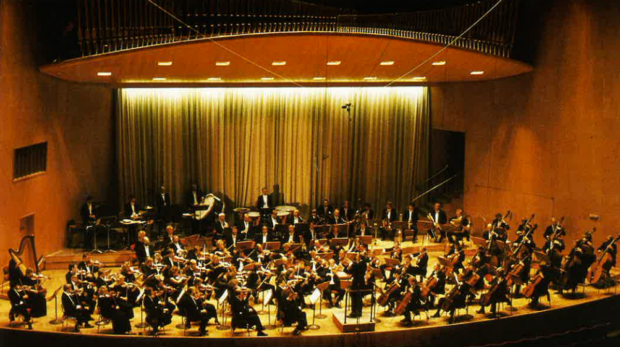
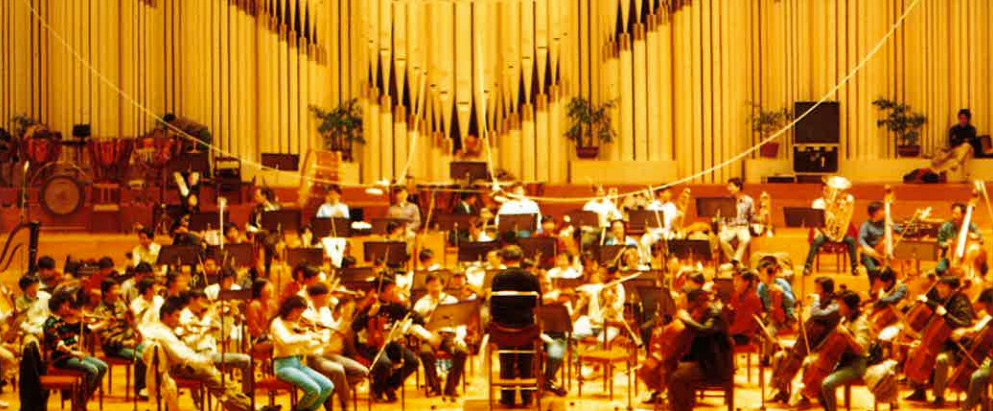
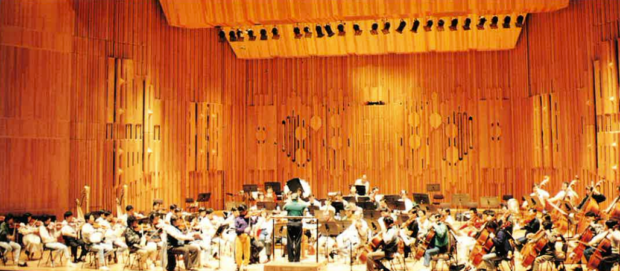
During his tenure, Maestro Choo oversaw key developments that augmented the orchestra’s artistic and institutional foundations. He spearheaded the installation of the Klais Organ at Victoria Concert Hall, a project that expanded the orchestra’s repertoire and enabled large-scale symphonic and choral works to be performed in Singapore. The fundraising campaign for the organ also inspired the formation of the SSO Ladies’ League, establishing a culture of philanthropy that supported the orchestra for decades to come.
Maestro Choo also guided the creation of the Singapore Symphony Chorus, enhancing the orchestra’s capacity for choral works. He oversaw the orchestra’s first recordings, including those of Chinese orchestral music, but was clear that the orchestra’s scope should not remain limited. As he remarked, “We are now trying to enlarge our repertoire instead of being confined to Chinese music. We hope to make a record every year of works which would contribute to the record collectors’ library, especially music pieces which have been rarely recorded.” These initiatives reflected his vision to expand both the orchestra’s artistic scope and its engagement with audiences.
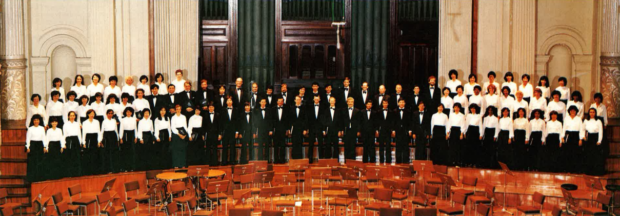
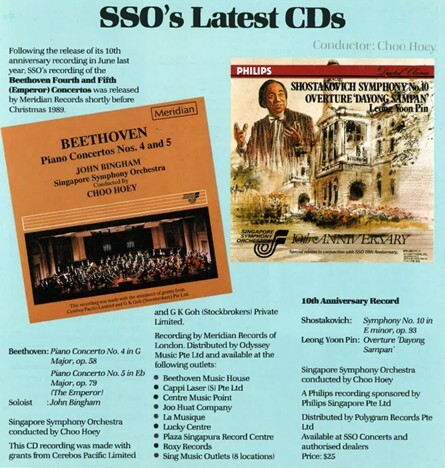
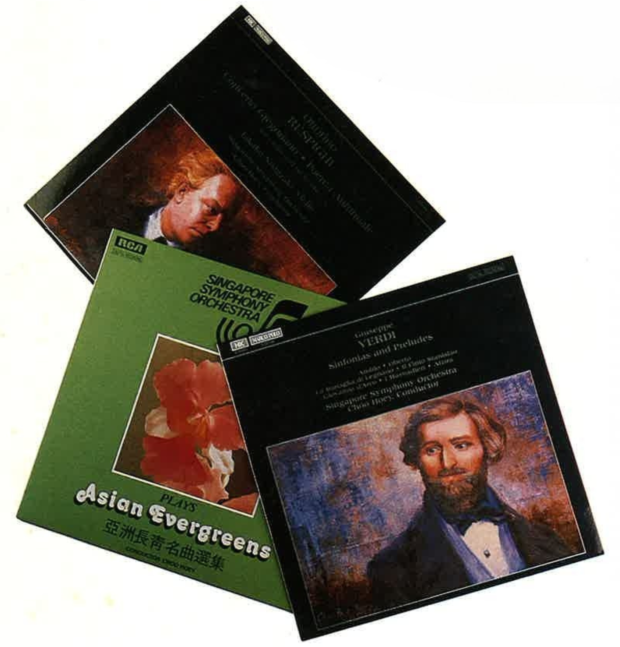
Lasting Impact
Maestro Choo stepped down as Music Director in 1996 and was named Conductor Emeritus, but his influence continues to resonate across the SSO and the wider music community. His prediction of the 15-year journey that SSO would take on proved to be prescient: by the mid-1990s, the SSO was recognised internationally, and Singaporean musicians were taking their place on the stage alongside their peers from around the world.
In recognition of his distinguished career and pivotal role in Singapore’s musical development, Maestro Choo was awarded the Cultural Medallion in 1979, the nation’s highest artistic accolade, and later conferred an Honorary Doctor of Letters by the National University of Singapore in 1989 – an award reflecting the profound cultural impact of his work with the SSO.
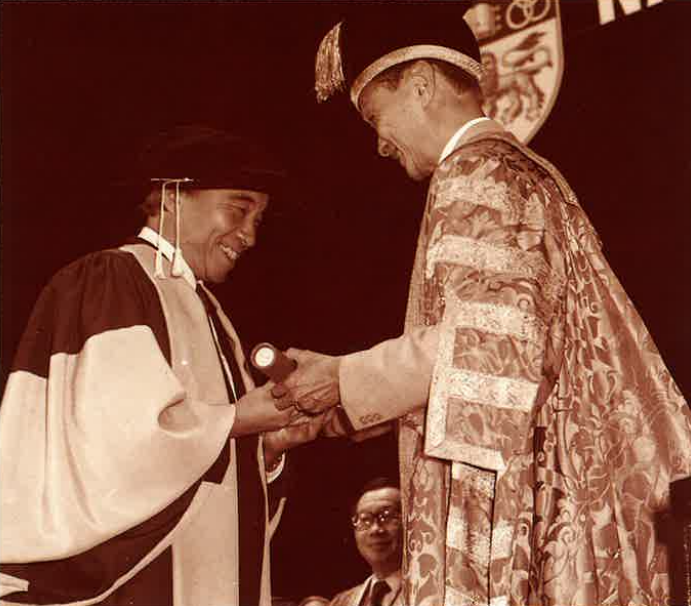
Beyond institutional recognition, Maestro Choo’s legacy lives on in the musicians he nurtured. Their contributions to the Singapore and international music landscape carry forward the standards and artistic values he instilled, with his influence continuing to shape new generations.
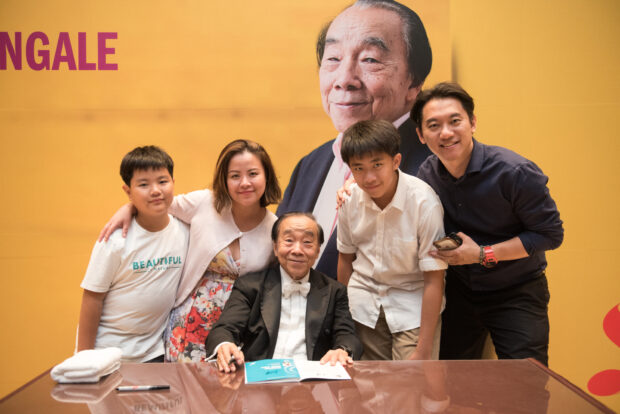
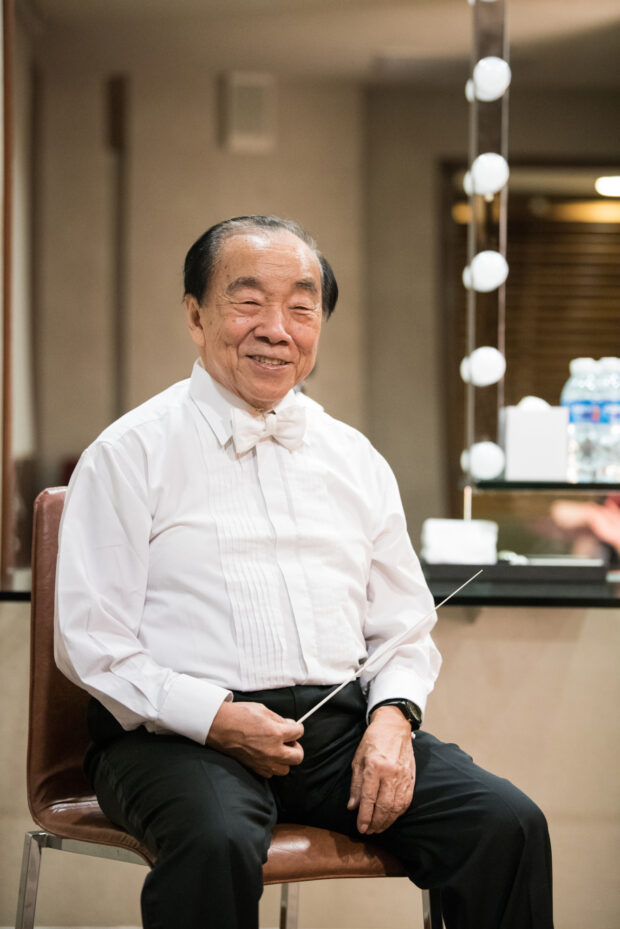
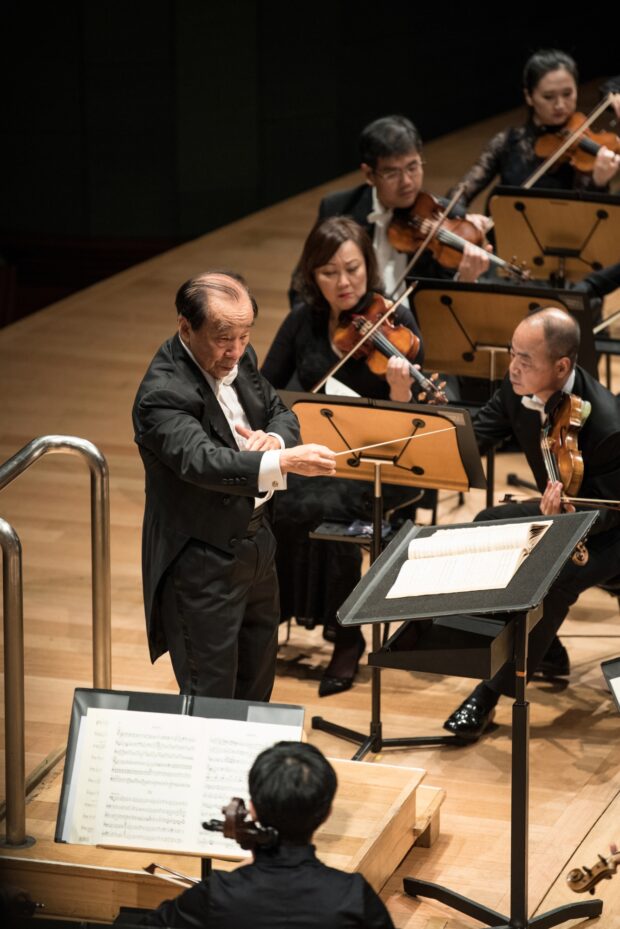
Today, the SSO stands as a cornerstone of Singapore’s cultural life, its continued growth as a world-class ensemble a testament to Maestro Choo’s vision and dedication. In giving the nation its first professional orchestra, he gave Singapore its symphonic voice, one that continues to inspire musicians and audiences at home and abroad.
We welcome readers to share with us your messages in tribute to Maestro Choo Hoey here.
